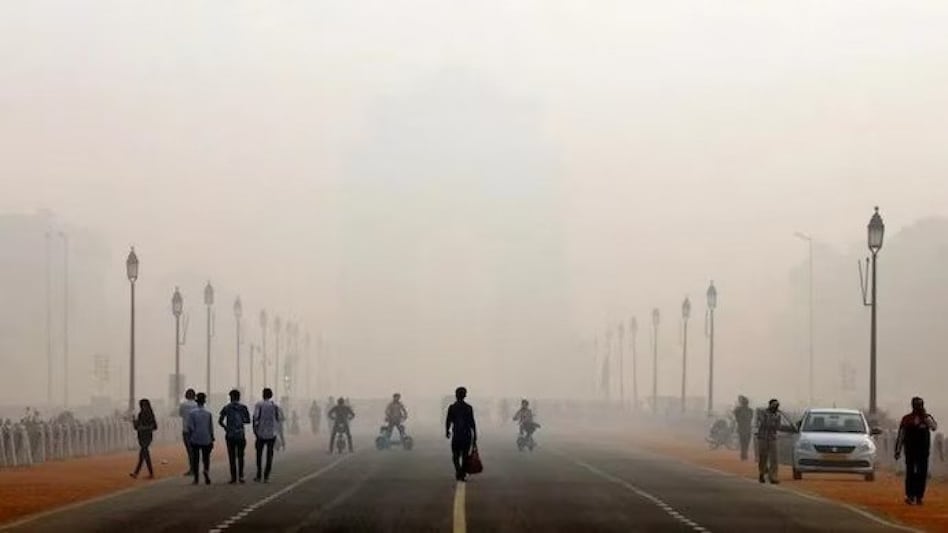 PM2.5 is a type of particulate matter that is 2.5 micrometers or less in diameter.
PM2.5 is a type of particulate matter that is 2.5 micrometers or less in diameter. PM2.5 is a type of particulate matter that is 2.5 micrometers or less in diameter.
PM2.5 is a type of particulate matter that is 2.5 micrometers or less in diameter.In the wake of Delhi's Diwali celebrations, the national capital's air quality has significantly deteriorated, recording a whopping 140 per cent increase in PM2.5, the major lung pollutant, since the previous morning.
Reaching an hourly average of 200.8 at 7 am, compared with just 83.5 at the same time yesterday, PM2.5 levels have surged dramatically, according to Central Pollution Control Board (CPCB) data.
PM2.5 is a type of particulate matter that is 2.5 micrometers or less in diameter. It is so small that it can penetrate deep into the lungs and cause a variety of health problems, including respiratory infections, heart disease, and cancer.
CPCB reported that PM2.5 and PM10 pollutant levels have hit an alarming high of 500 in several regions, including ITO, Rohini, and the Delhi airport area. The Air Quality Index (AQI), which assesses the atmospheric concentration of six primary pollutants, has pointed out that PM2.5, a particulate matter with a diameter less than 2.5 micrometers, is primarily responsible for the degraded air quality.
PM2.5, due to its minuscule size, can easily bypass the nose and throat barrier and penetrate deep into the lungs. The particles can also get absorbed into the bloodstream, causing significant health issues, explained Dr. Arvind Kumar, chairman of the Institute of Chest Surgery at Medanta Gurugram.
Yesterday, Delhi witnessed its best Diwali day air quality in eight years with AQI at 150, but the AQI reached 500 in most places this morning due to rampant violations of the Supreme Court's cracker ban in the NCR zone.
Real Time monitoring websites recorded alarming spikes in Air Quality Index (AQI), surpassing 900 in several areas including Lajpat Nagar and Jawaharlal Nehru Stadium. This staggering figure comes amidst the Supreme Court's efforts to mitigate air pollution. Just last week, the apex court extended its ban on barium firecrackers beyond the Delhi-NCR region, making it binding for every state.
The alarming AQI exceeds the 'severe plus' category, which is classified as any value above 450. According to the rating scale, an AQI between zero and 50 is 'good', between 51 and 100 is 'satisfactory', 101 and 200 'moderate', 201 and 300 'poor', 301 and 400 'very poor', 401 to 450 'severe'.
Also Read: Post-Diwali pollution: Gopal Rai calls for review meet amid smog, toxic air